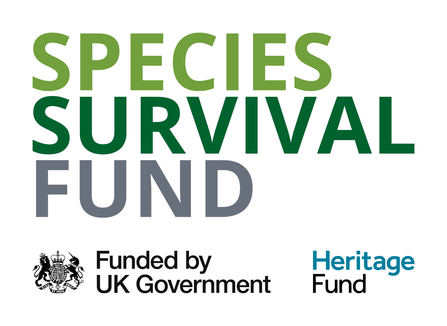Spring signals the start of our busy survey season for the Species Survival Fund project. Our team is out in the field, surveying everything from plants and soil to insects, birds, reptiles, amphibians, fish and mammals across our nature reserves. Some surveys are species-specific, like checking hazel dormouse boxes and tunnels, while others take a broader approach such as monitoring all the plant species present in a randomly placed quadrat on a reserve.
April marked the beginning of butterfly transect season, a highlight for us and many other wildlife organisations. Until the end of September, staff and volunteers walk set routes on our nature reserves, recording every butterfly within a fixed distance. This year, we’ve started six new transect routes on SSF-supported nature reserves: four at Lyscombe, one at Happy Bottom, and another at West Holme. These surveys are vital for understanding which species call our reserves home, and just as importantly, which ones may be absent. Some species need certain plants to flourish such as the marsh fritillary butterfly, which favours devil’s-bit scabious as a food source for its caterpillars. Knowing where these plants grow, thanks to our botany surveys, helps us support this rare priority species of butterfly.










